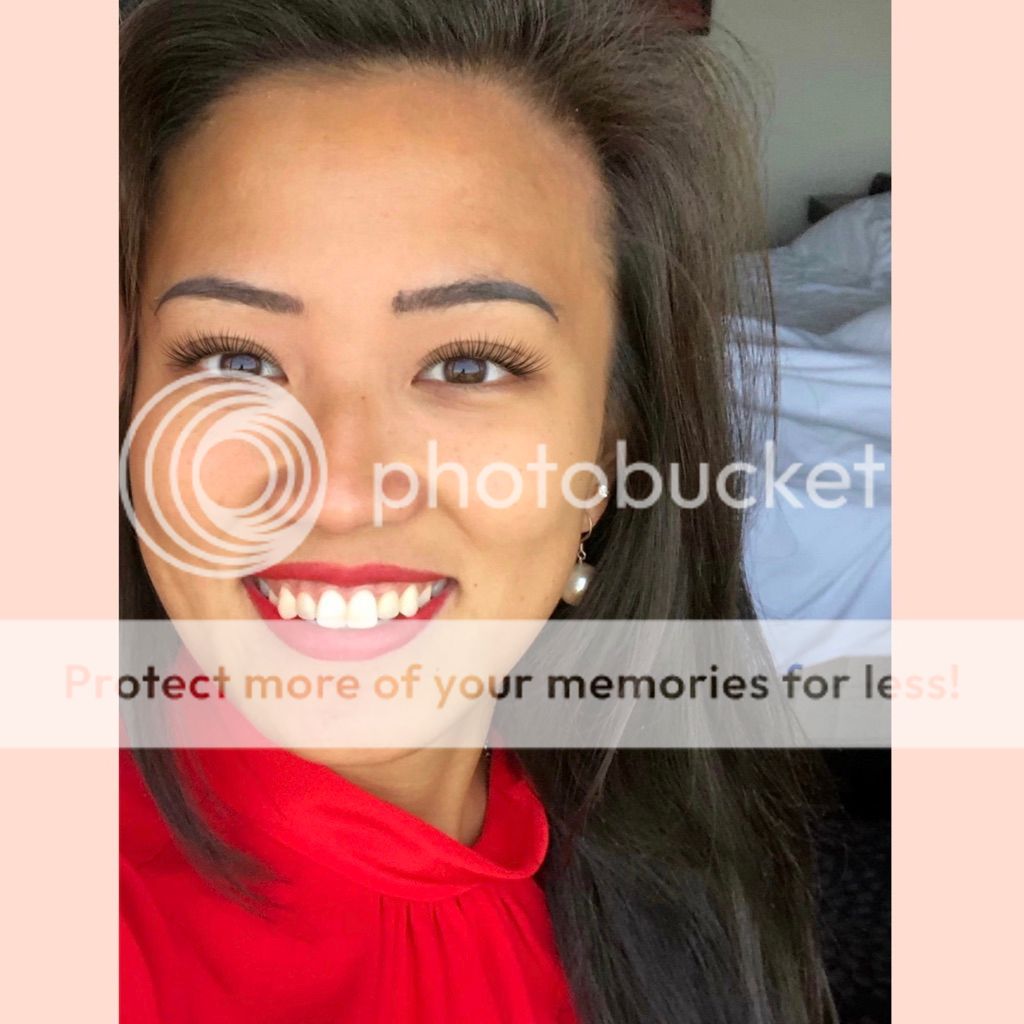Ok so we have a main point question here specific to adequate explanation of mirror images.
For this question I noticed that the last paragraph(lines 48-54) talks about what the author requires for an adequate explanation.
Earlier in the passage the author just voices something that he does not like about the front to back theory, yet we do not know what the author would require of an adequate explanation.
A - this is our answer, it is stated in the last paragraph. two elements are observer and the phenomenon
B- no, the author never states this.
C- no the author does not unequivocally state this
D- tempting but the author never says it is subject to debate. The author, in the last paragraph, explicitly states his opinion what an adequate explanation of mirror images should contain.
E- nope, author never states this.
LSAT Forum
3 postsPage 1 of 1
-

- mswang7
-
Thanks Received: 0
-
Elle Woods

- Posts: 65
- Joined: February 27th, 2019
Re: Q20
I struggled with this question as I thought the answer could have been anything but C. I almost picked A since I just read the last bit of passage where it said "...if we consider both what mirrors do and what happens when we look into mirrors" but I thought the question was more a main point question and it would be too narrow to point to just 1 line of evidence that alluded to 2 particular elements. Thoughts?
-

- smiller
-
Thanks Received: 73
-
Atticus Finch

- Posts: 205
- Joined: February 01st, 2013
- This post thanked 1 time.
Re: Q20
When answering a Main Idea question in RC, you're absolutely correct in thinking that we should be suspicious of answers that seem focused on details from one particular paragraph. "Details" is the operative word here, though. It's not unusual for one sentence in a passage to neatly summarize the author's main point. Lines 48–54, and particularly lines 48–51, do this pretty effectively. It's not a problem for that one sentence to support answer choice (A) when that one sentence captures the main point.
Answer choices that are genuinely too narrow will often focus on a few lines from the passage that contain a supporting point, but not the main point of the passage.
Answer choices that are genuinely too narrow will often focus on a few lines from the passage that contain a supporting point, but not the main point of the passage.
3 posts Page 1 of 1